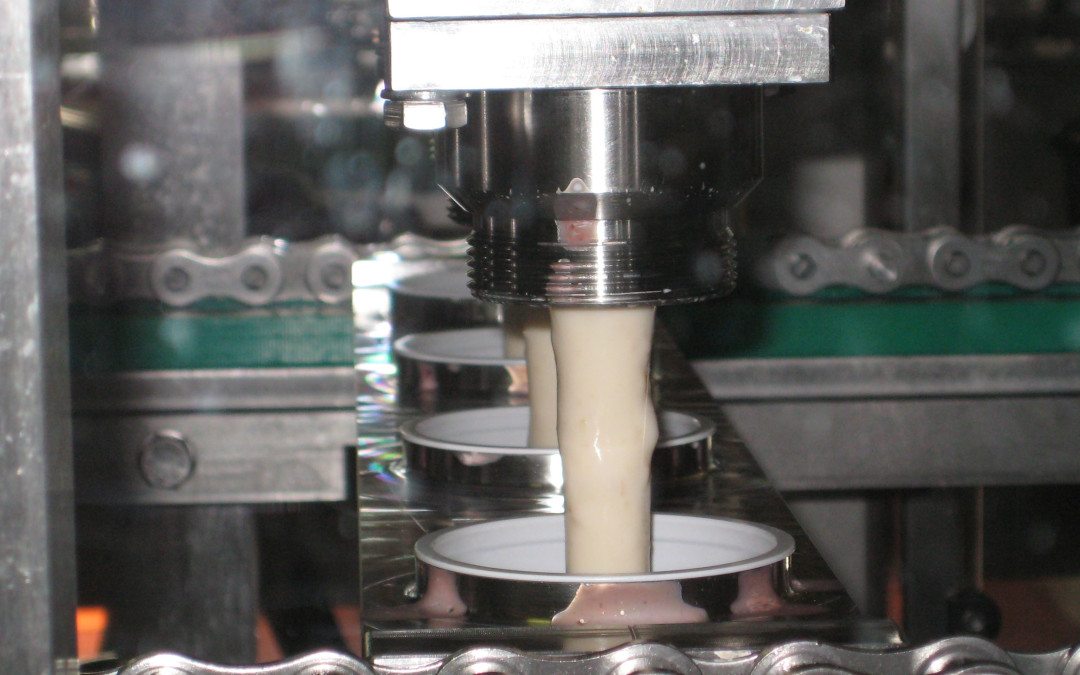The following is an excerpt from the article 3 Things To Consider When Selecting Compressed Air Systems For Food Manufacturing, by Deepak Vetal, product marketing manager at Atlas Copco Compressors, which was recently publishing on Food Online.
There are many factors to consider when selecting a compressed air system for food industry applications. Compressed air is widely used in the food industry for various applications, including instrument air, food transport, packaging, bottling, fermentation, control systems, and more. In order to avoid safety hazards, eliminate the risk of product recalls and audit failures, and achieve the highest efficiency and reliability, the chosen compressed air system should meet the criteria outlined in this article.
Air Quality
The most important benchmark for compressed air systems in the food industry is air quality. Before you select equipment for the compressed air system, you must first identify the air quality requirement for your particular application. Ideally, consulting standards and guidelines to determine air quality should be the first step; unfortunately, most standards do not have clear specifications on air quality requirements.
This poses a big question to the food industry: which compressor should be used for each food industry application? Should you consider oil-injected or oil-free compressors, and are there guidelines in the industry excluding one or the other?
The Safe Quality Food (SQF) Institute defines the parameters and methods required for air purity testing on compressed air to address element 11.5.7. It says,
Purity is defined in the SQF Code (Appendix 2: Glossary) and means the absence of contaminants that could cause a food safety hazard. Pure air means the air is free of risk of cross-contamination to the products. Essentially, the air must not contribute any contamination to the product.
Though the SQF Institute also states that the compressed air used in the manufacturing process should be regularly monitored for purity, these statements still do not give us a clear answer on air quality stemming from the oil-injected versus oil-free debate.
Another standard that can be referred to for air quality is ISO 8573-1. In the original version of ISO 8573-1 1991 (edition1), the standard defined five classes on oil concentration with class 1 representing the highest purity. Class 1 specifies oil concentration of < 0.01 mg/m3, and achieving this level was sometimes referred to as a “technically oil-free” solution. In this standard, oil vapors that were not removed by coalescing filters were given less importance and even ignored.
The standard was eventually altered to include total oil content (aerosol, liquid and vapor) guidelines; the new Class Zero standard was introduced to establish more stringent quality requirements, eliminating all possible risk of oil contamination.
Keep Reading…
You can read the full article, which outlines three important factors to consider when choosing a compressed air system for food manufacturing applications, here: 3 Things To Consider When Selecting Compressed Air Systems For Food Manufacturing. If you would like to learn more about Atlas Copco’s products for food and beverage manufacturing applications, contact us or leave a comment below.
You may also enjoy the following articles:
- Centralized Vacuum for the Plastics Extrusion Industry
- How clean is your compressed air?
- Don’t Overlook Compressed Air in Food and Packaging Automation
Source: Compressed Air Blog


